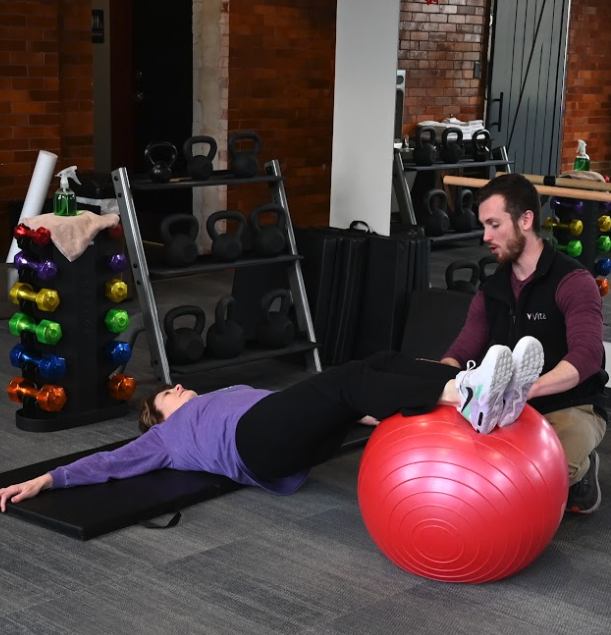Labral Tear
A labral tear is an injury to the tissue that holds the ball and socket parts of the hip together. The torn hip labrum can be painful, reduce your range of motion, and/or cause your hip to lock up when walking, getting up, or turning suddenly. While structural problems within your hip may lead to a labral tear, athletes participating in sports such as ice hockey, soccer, football, golf, and ballet are at higher risk of developing hip labral tears.
The most common causes of a labral tear are:
- Trauma
Injury to or dislocation of the hip joint (i.e. car accidents, contact sports such as football or hockey)
- Structural problems
Congenative or birth-related issues can accelerate wear and tear of the joint (i.e. having a socket that doesn’t fully cover the ball portion of the upper thigh bone (dysplasia) or a shallow socket and puts more stress on the labrum. Extra bone in the hip, called femoroacetabular impingement (FAI), can also cause labrum pinching, leading to tearing over time.
- Repetitive motions
Sports-related and other physical activities (e.g., long-distance running, sudden twisting or pivoting motions, dancing, golf, or softball) can prematurely wear out the hip joint or cause it to tear.

Contact Us
Signs & Symptoms
Frequently, hip labral tears show no signs or symptoms. Some people, however, have one or more of the following:
- Locking, clicking, or catching feeling in the hip joint
- Pain in the hip or groin that worsens with athletic activity or by long periods of standing, sitting, or walking
- Stiffness or limited range of motion in the hip joint
How Physical Therapy Can Help
The physical therapists at Vita will work with you to design a specific treatment program to speed up your recovery from your hip replacement surgery. A well-designed PT and exercise program will help improve hip stiffness and restore range of motion, improve muscle strength in and around the hip, and help you regain balance as you continue to walk and improve.
Typically, the program will include the following:
- Range of motion exercises focusing on hip flexion and extension
- Pain reduction techniques such as dry needling and kinesio taping
- Strengthening exercises for muscles around the hip and knee focusing on quads and hamstrings
- Gait training exercises in order to return to normal gait patterns
- Cross training guidance and progression to full activity
